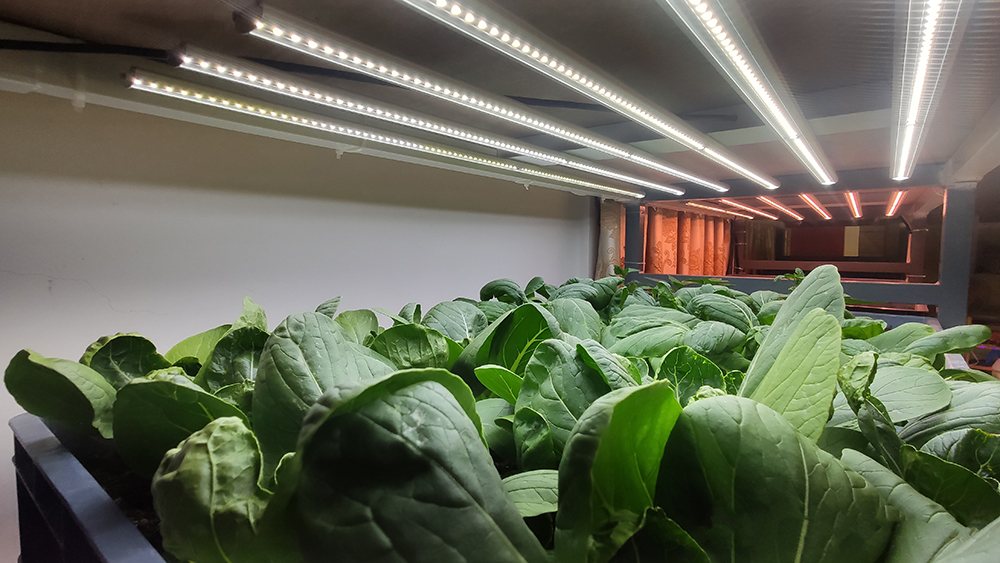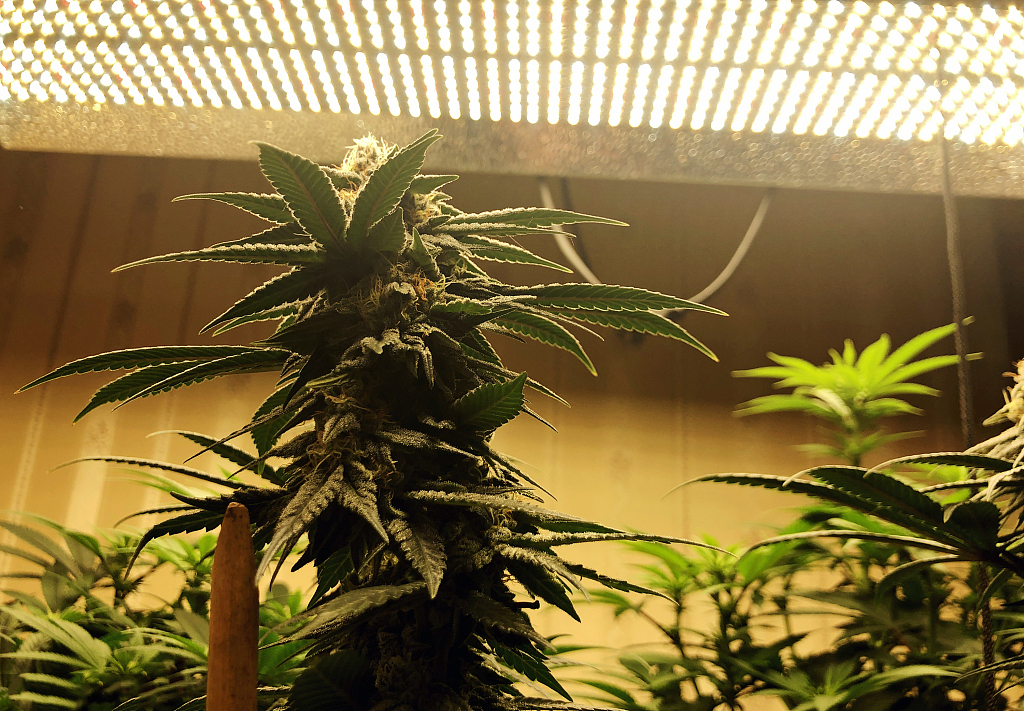Plants use sunlight, carbon dioxide, water and other natural substances to convert them into organic matter for their own growth needs. Light is the top priority. Planting plants according to the suitable conditions of the crops and the characteristics of the origin is the best state. If the crops are grown in a backlit environment, the plants will be malnourished, unhealthy, flowers and fruits will drop, and the fruits will have low sugar content, slow ripening, and poor quality. What are the different effects on plants for indoor, outdoor and greenhouse growing environments?




1. Outdoor planting
Most of the elements in an outdoor growing environment are provided for free by nature. There is sufficient airflow, moisture, temperature, and high-intensity light to fully provide crops needed. The current indoor lighting conditions are somewhat unmatched. In the open field, the sun rises and sets automatically every day, and different light qualities, ie different spectrums, are irradiated at different times of the day. Outdoor production can take full advantage of these advantages, as this is natural lighting. The crop is fully grown in summer, and as the days get shorter, the crop slowly enters the flowering stage. On the other hand, in the environment of open-air planting, growers need to rely on the sky for food. Pests and diseases, rain and temperature changes can also lead to disease, especially if crops are planted in close proximity due to space constraints. Outdoor growers are often able to harvest one or two crops per year due to natural lighting and the crop's natural growth cycle. They could also use arched greenhouses above the plants and use black cloth to manipulate daylight hours so that they can create several cycles in a day by covering crops. When the sunshine is short, artificial lighting of plant light fixtures can be used to extend the length of the day. However, very few people do this in the real world, and just use the free sunlight to grow crops entirely on the length of natural light.
2. Greenhouse cultivation
Depending on the location in the area and the lighting required each season, cannabis may need to be grown in a greenhouse. Now, growers need to decide how to fill the plants according to the natural season, usually using fill light and photoperiod lights. Fill lights can provide artificial lighting during the low-light days of the year, mainly in the fall, winter and spring. Photoperiod lights can also be used seasonally in greenhouses to trigger different elements of crop development based on the crop's perception of day length. Through the term DLI (Daily Insolation Integral), different lighting schemes, such as periodic lighting, extension of daylight, interruption of dark periods, etc., can be implemented with luminaires in order to control the development of crops. Greenhouses can provide light control of the environment, but not complete control of the climate, especially when high temperatures on hot days negatively affect certain plant responses, such as flowering. Some of the difficulties are not only related to the seasonally high temperature, but also that the low temperature in winter requires a lot of heating, and the heat dissipation in the greenhouse is very serious. This is because the heat burners used often produce secondary compounds, such as ethylene, that create additional problems for the crop, even outweighing the benefits of the heat source.

3. Indoor planting
In an all-indoor planting environment, single- or multi-layer planting patterns can be used to maximize space utilization. The main factors considered in the design of the facility include total canopy space, power per unit area, and total energy consumption. In addition, it is best to set up different compartment environments for different growth stages, including reproduction, nutrition, and flowering. The problem that needs to be paid attention to at each stage is not only the photoperiod, but also the light intensity, because the photosynthesis reaction generated on the plant will have a cumulative effect on the light energy absorbed by the plant. Crops will not reach their full biomass potential if they do not get enough energy in terms of light duration and exposure intensity (DLI). In a fully controlled environment, the light required by plants comes entirely from artificial lighting, so the energy of an indoor growing facility is very important. Nonetheless, some of the advantages gained in a fully controlled growing environment outweigh the increased energy consumption and operating costs.
Author 2025-06-12
Hishine Group Limited Will Meet Customers In Mexico City.Hishine is thrilled to announce its participation in Expo Eléctrica International 2025, Latin America’s premier trade fair for power and lighti...
Author 2025-05-12
Our recent business trip to Saudi Arabia proved to be a pivotal step in strengthening partnerships and exploring opportunities in the Kingdom’s rapidly growing energy and lighting markets. Below are t...